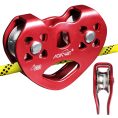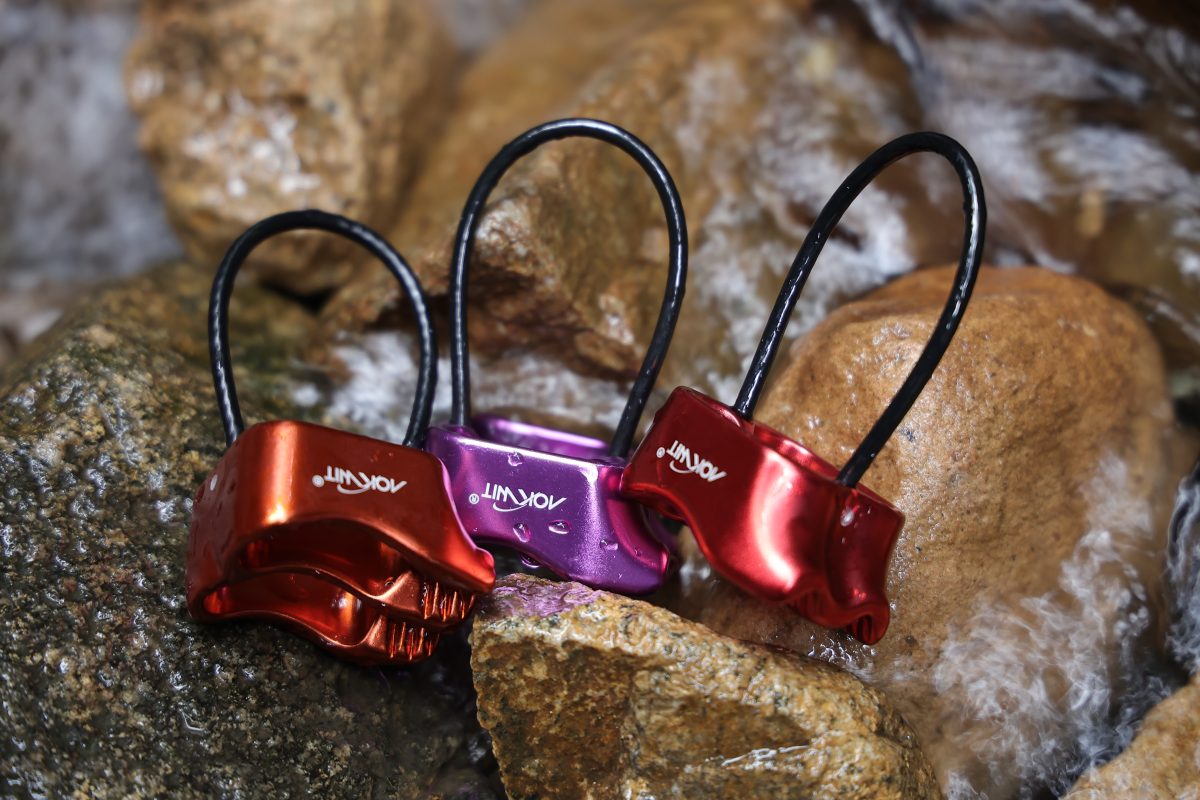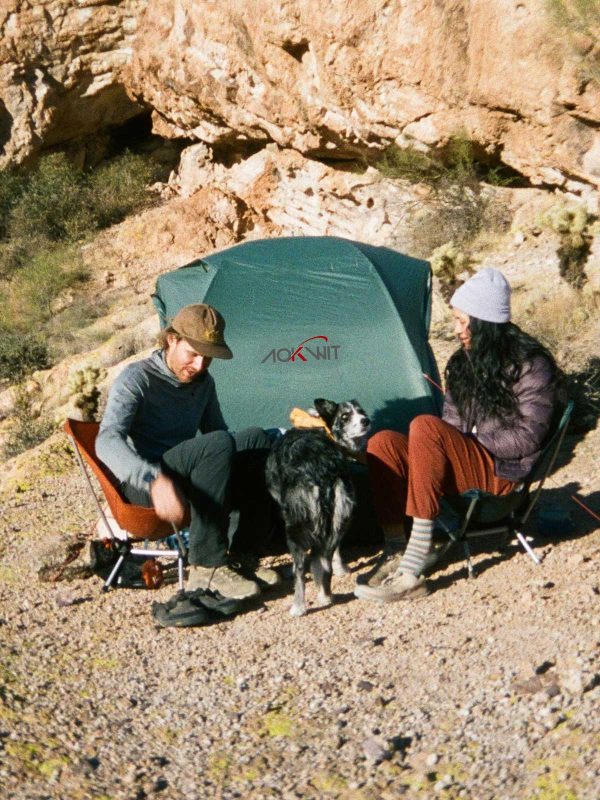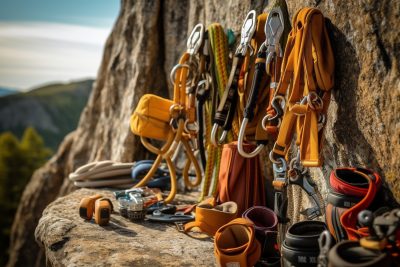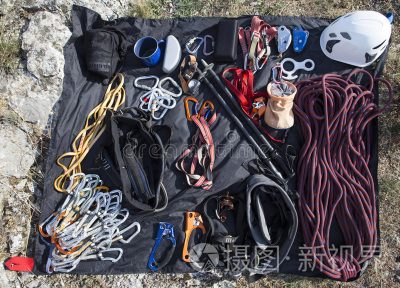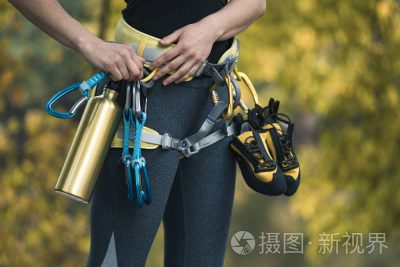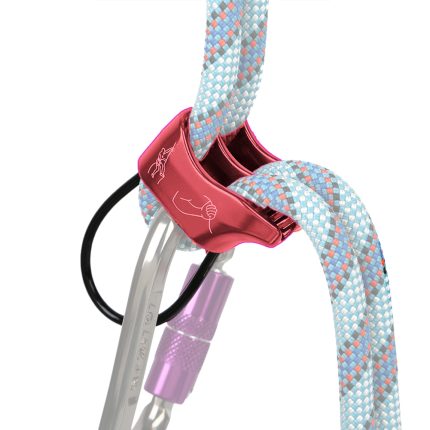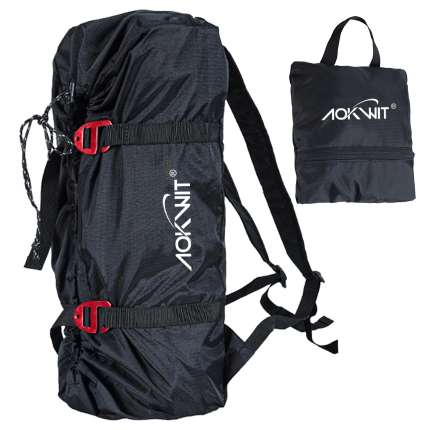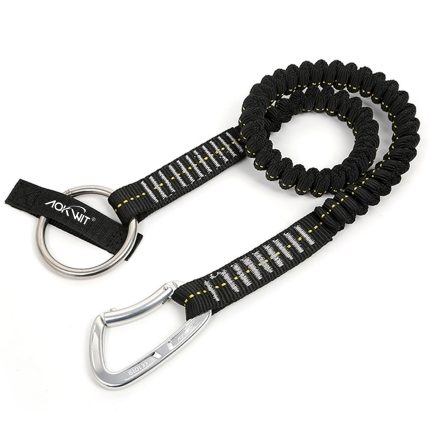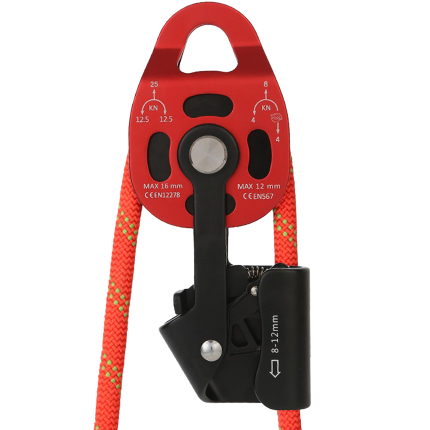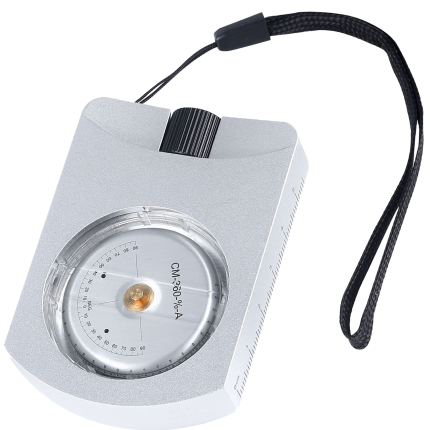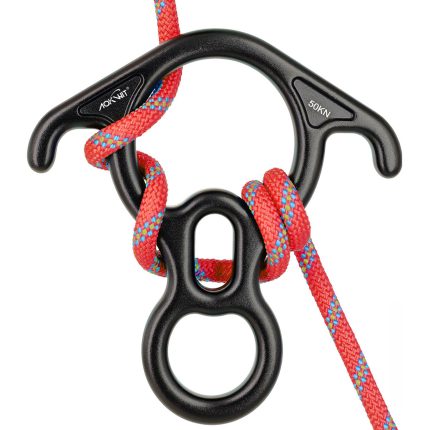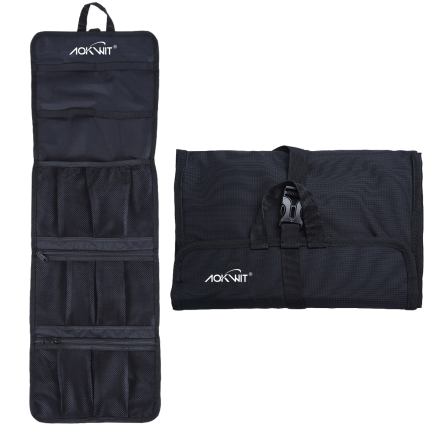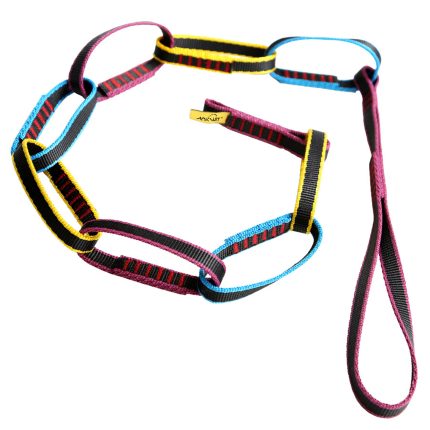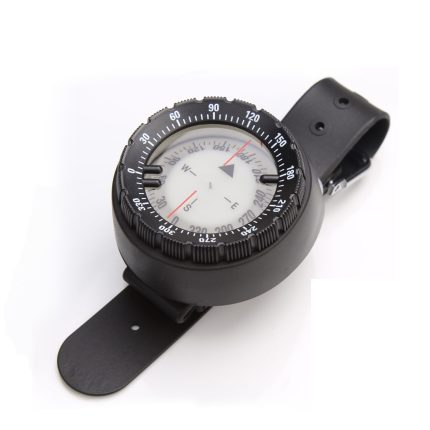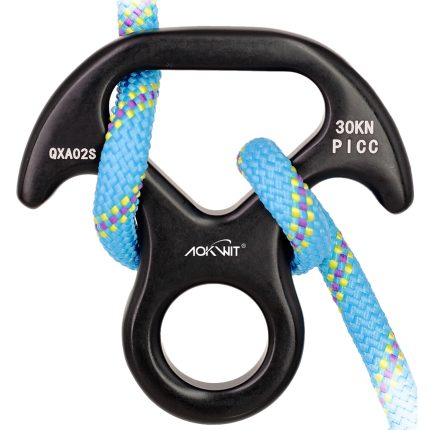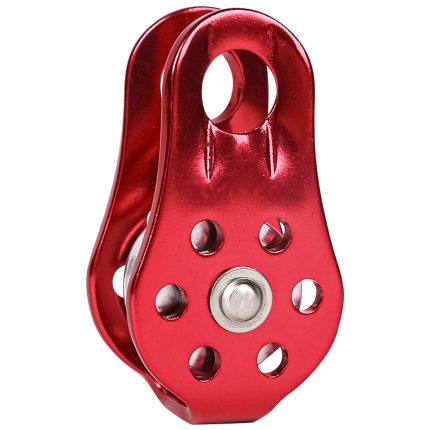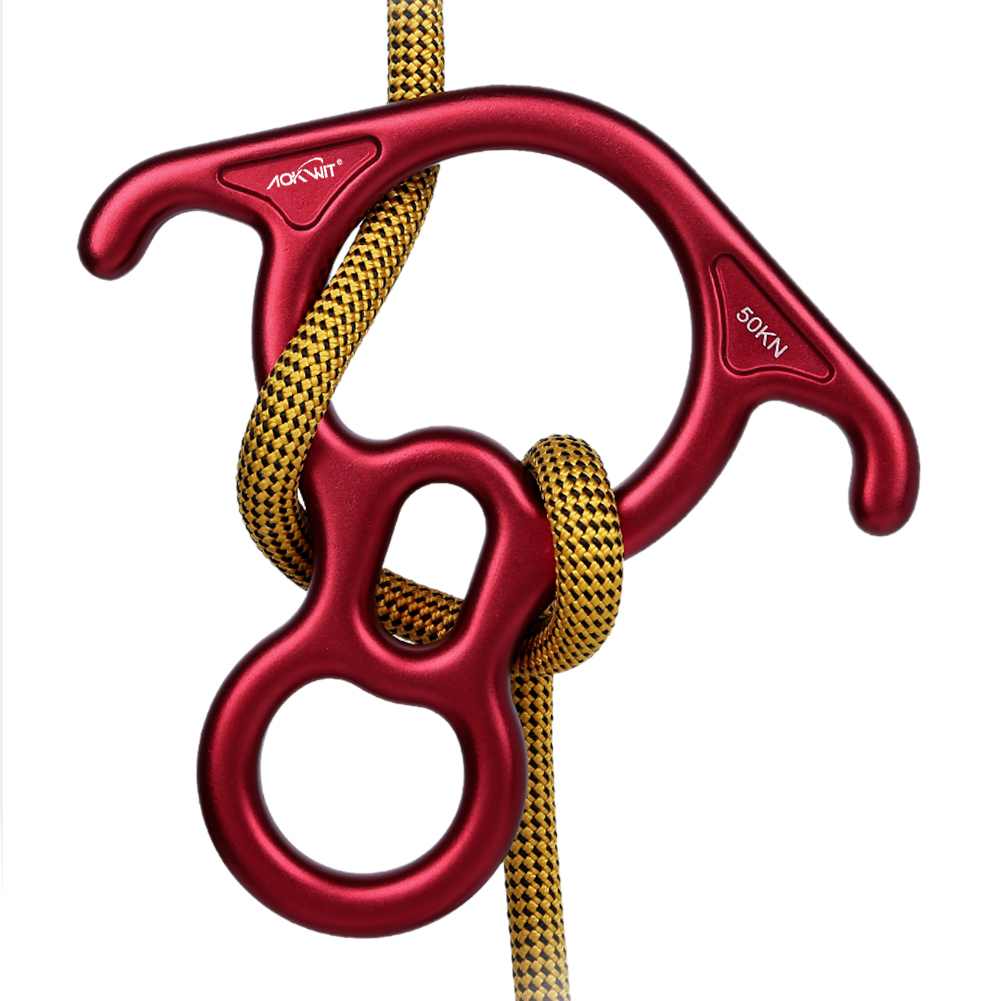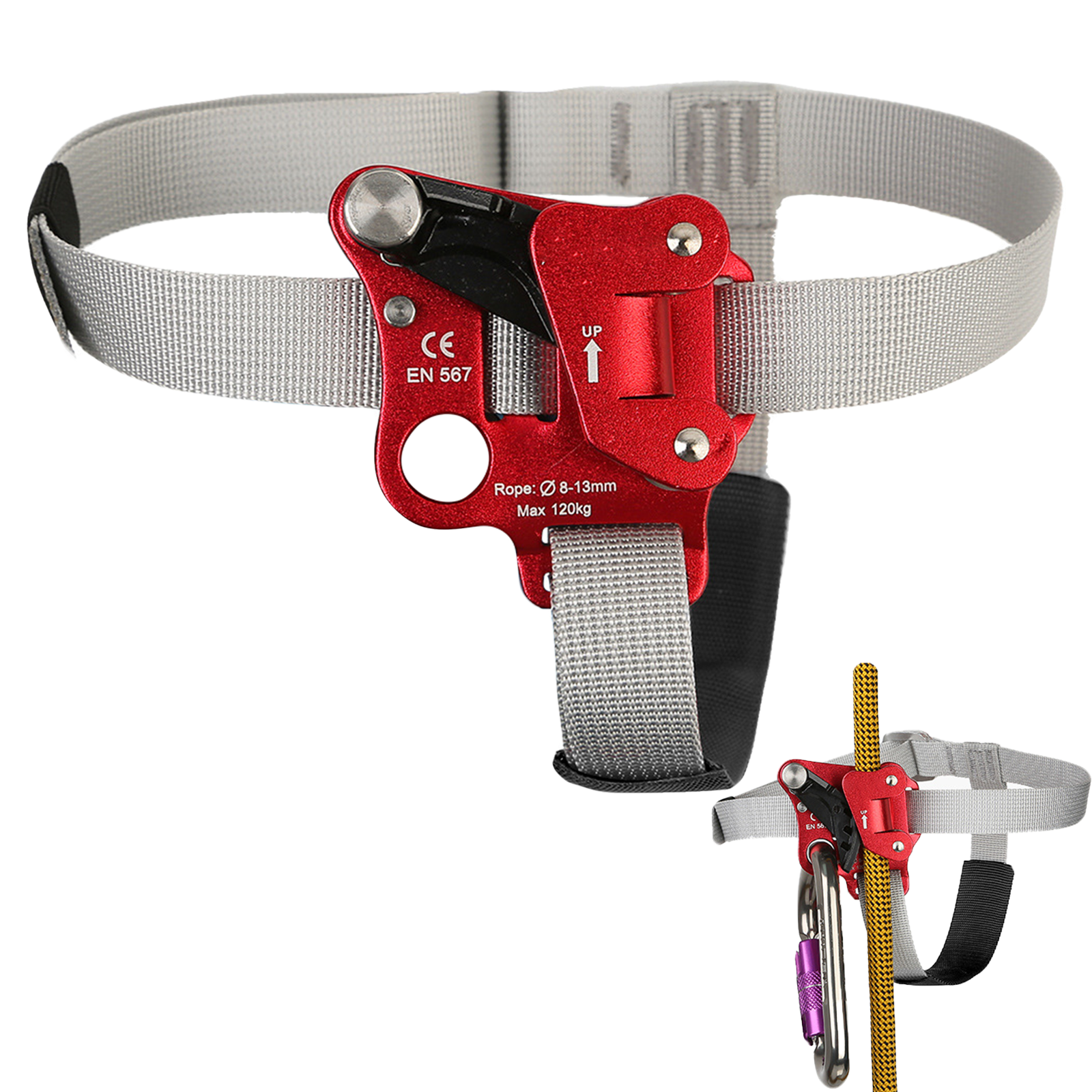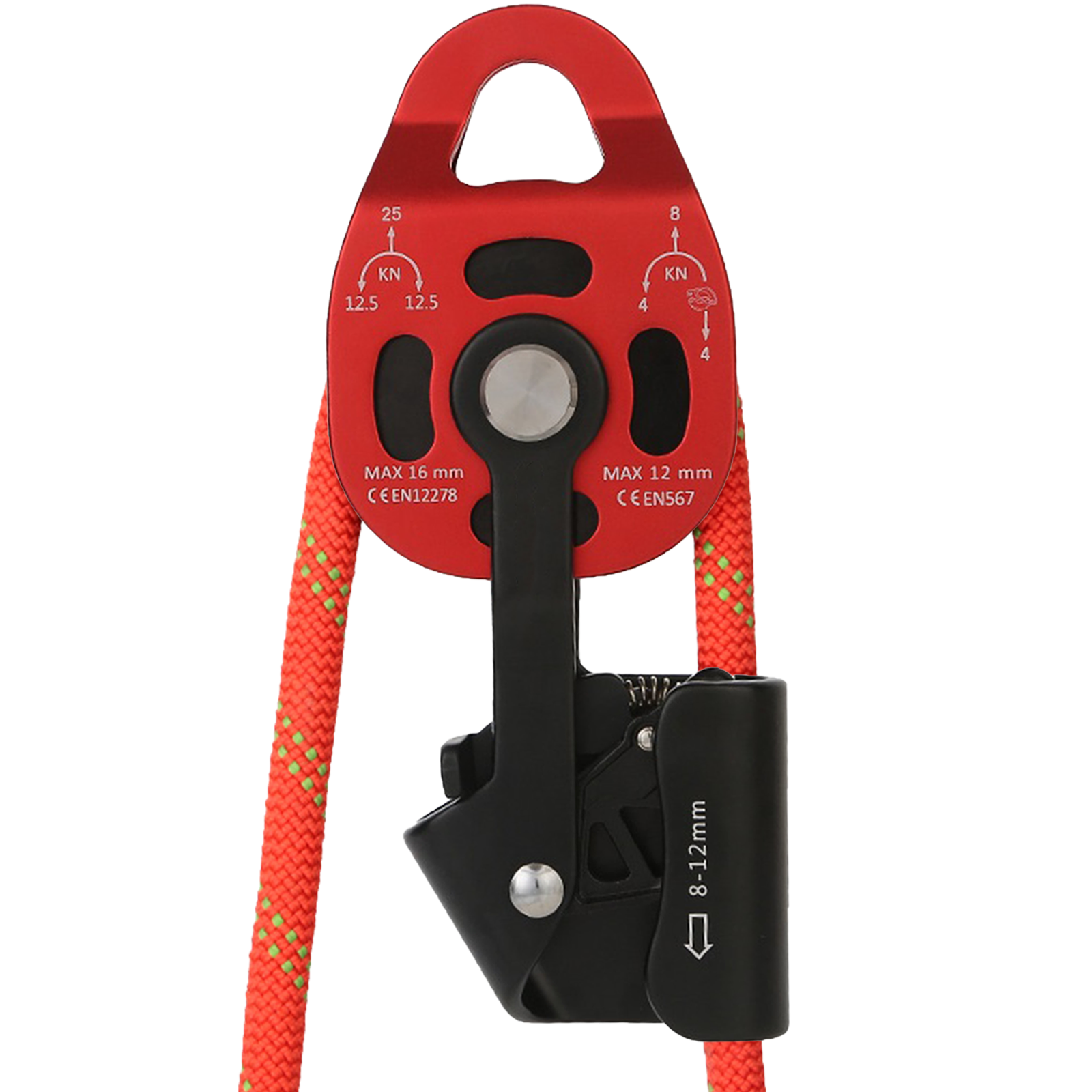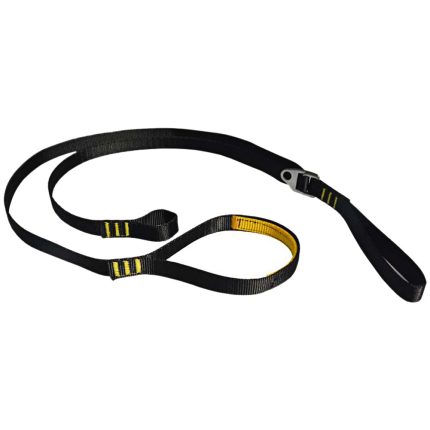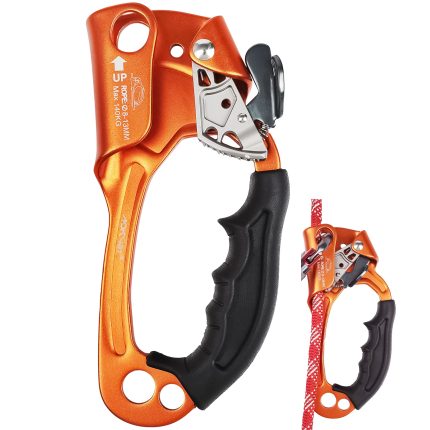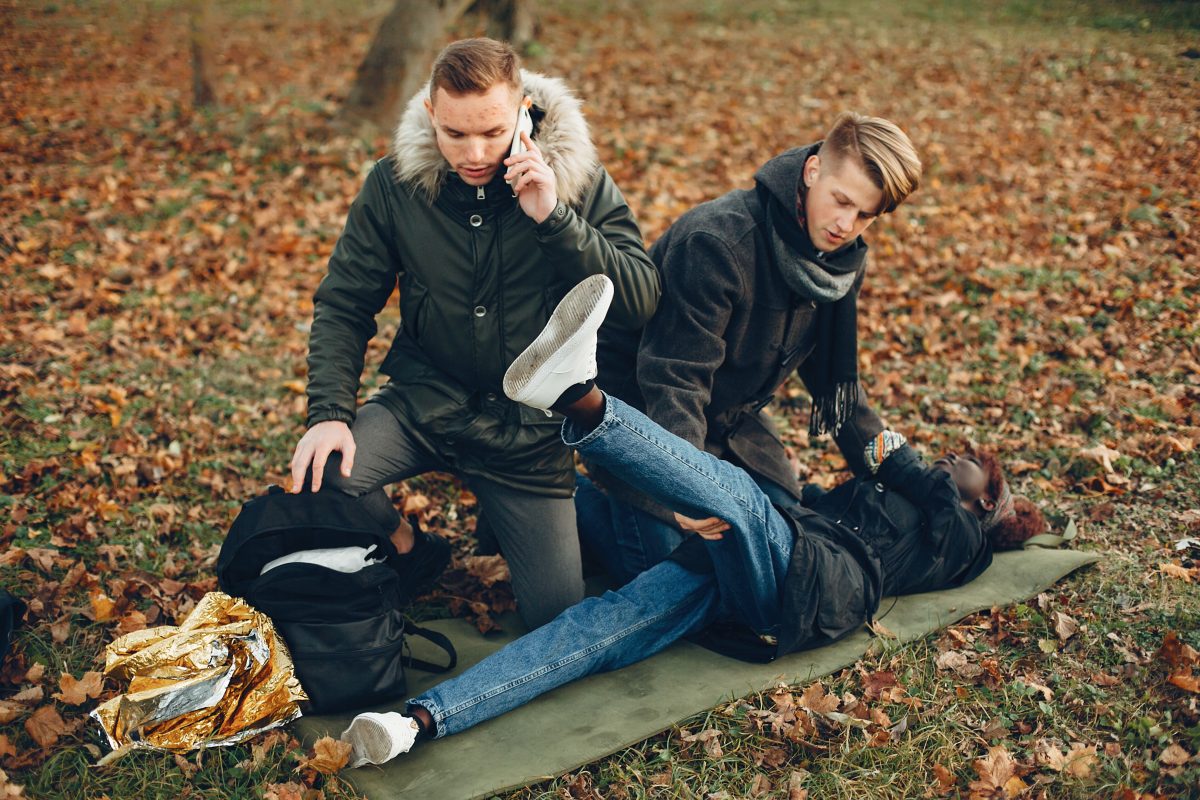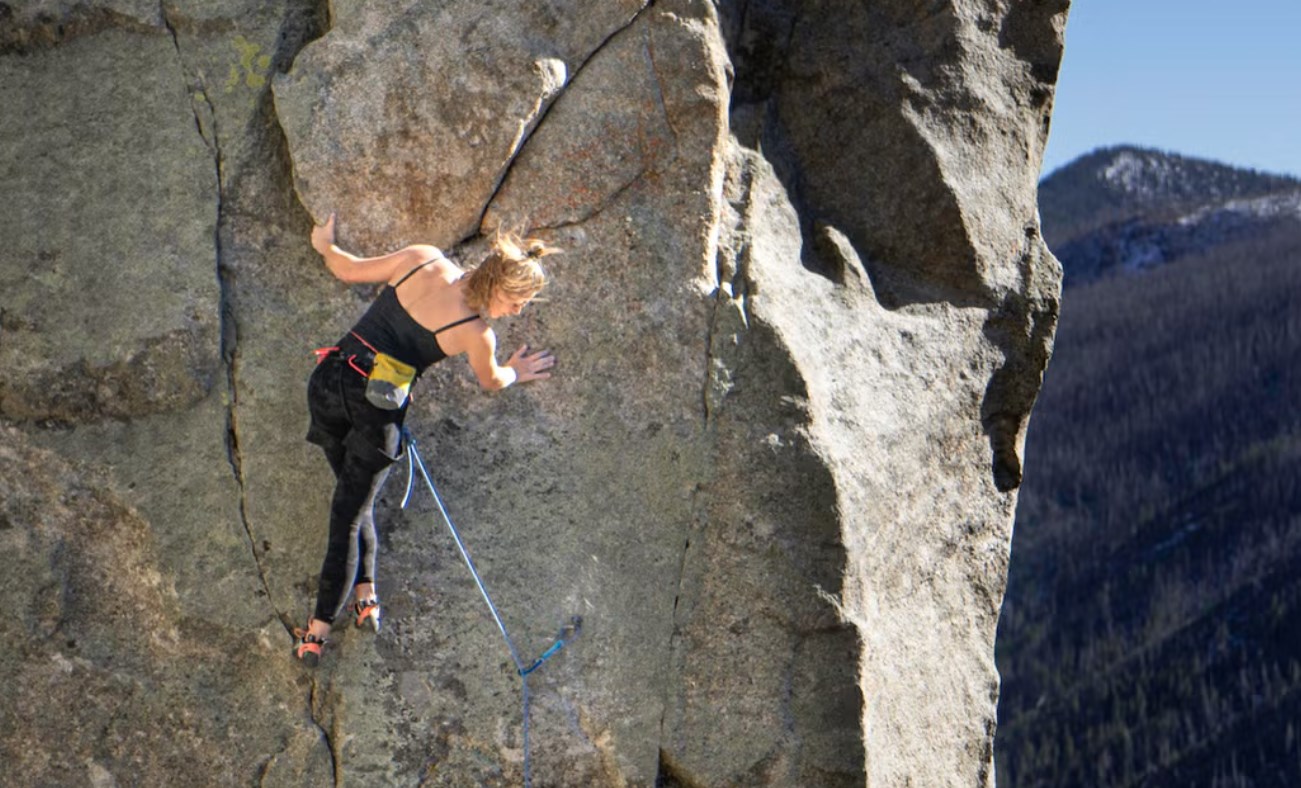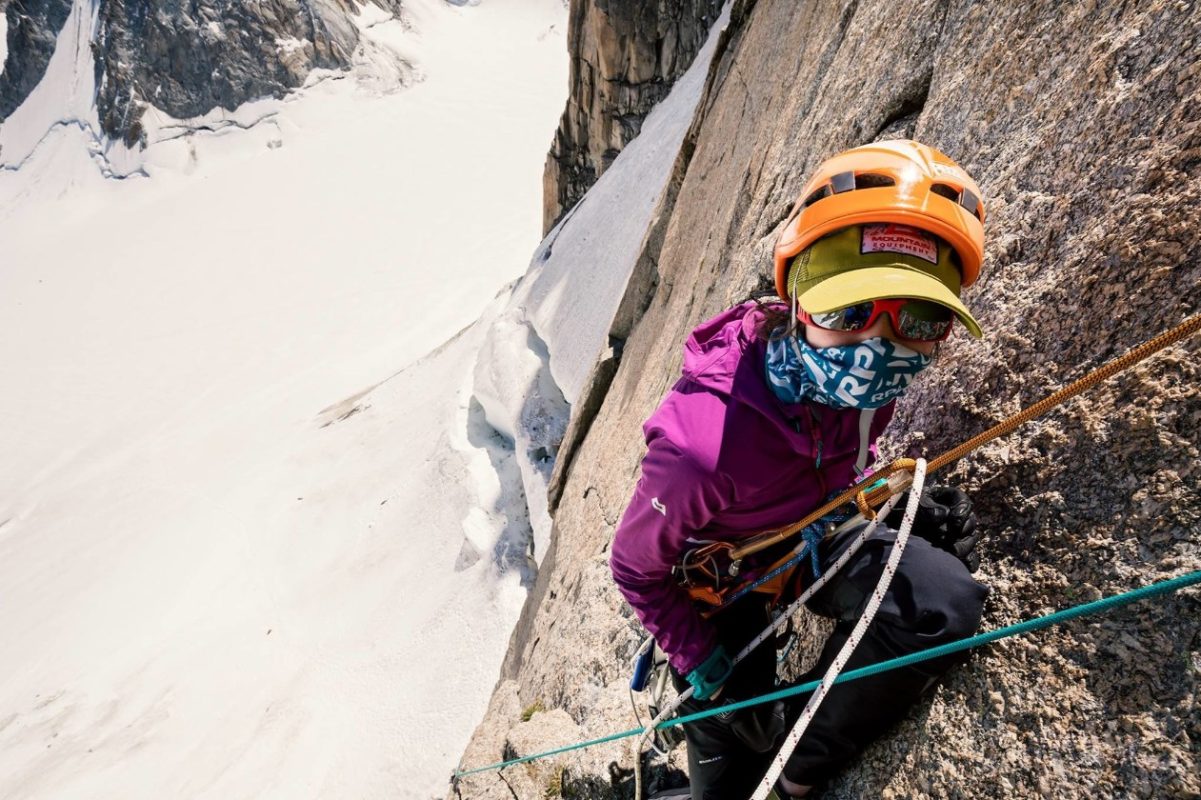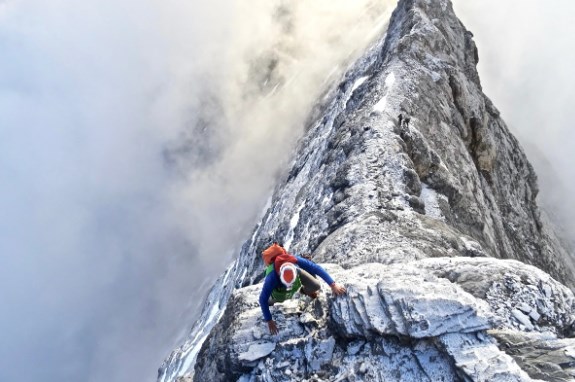Six Mistakes in Indoor Climbing Training
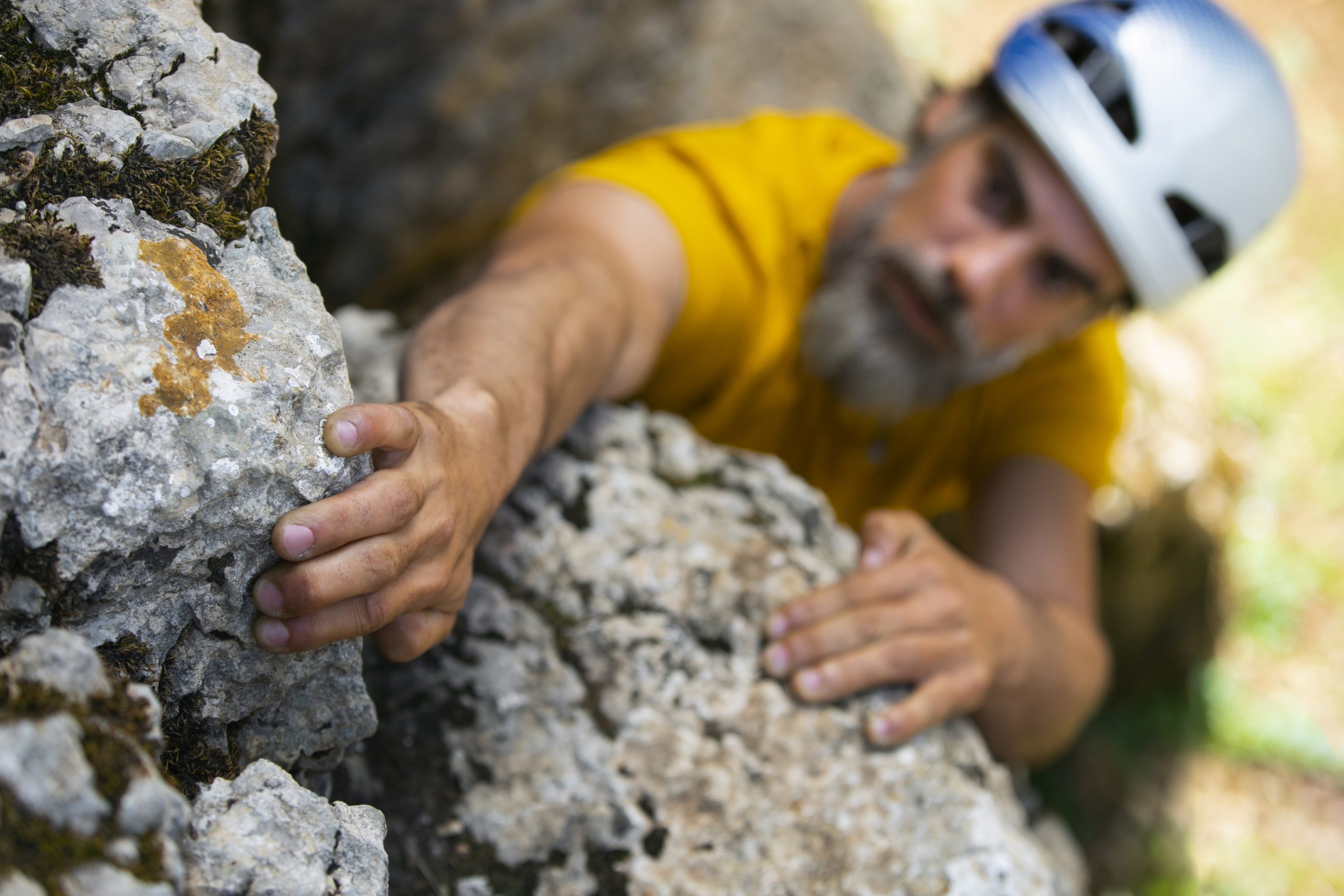
Perhaps, like many climbers, you train regularly on artificial rock walls but now find yourself stuck in a plateau.
This could be due to incorrect training methods or unwise choices in how you set routes and their styles. Below are six major mistakes to avoid.
I. Frequently Setting Routes Where All Holds Can Be Used as Footholds
The worst mistake is designing routes based solely on handholds while allowing feet to step on any hold freely.
This encourages lazy climbing habits—you won’t need to contort your body to adapt to less ideal footholds.
As a result, your core tension (the ability to tense your back and abdomen, extend your legs, and fix your toes firmly on distant footholds) will gradually weaken, and you’ll fail to practice hip flexibility.
If you indeed need more foot options than handholds, add tiny footholds to the wall.
II. Keeping the Same Holds in the Same Positions Indefinitely
Repeating the same movements for months or years serves little purpose. While you may master these moves, you won’t improve in other areas.
Once you can complete these routes, you should remove all the holds and start over. If you always hesitate to dismantle certain routes, you’ll soon become a fossil stuck in the past.
III. Only Climbing Routes You Set Yourself
If you dislike climbing routes set by others, it may be because they feel unnatural or uncomfortable—precisely where you need improvement. Trying others’ creations can reveal your weaknesses and yield faster, greater gains than only climbing routes tailored to your preferences.
IV. Training Only on Walls of the Same Angle
Most climbers have a preferred wall angle where they perform best. We tend to neglect angles we’re less skilled at or find less exciting.
However, whenever possible, strive to broaden your climbing scope.
At minimum, rotate between different wall terrains:
- Think slab walls are too easy? Try using only smear holds.
- Find overhang terrain too steep? Install large, deeply recessed holds.
V. Setting Too Many Extremely Difficult Routes

Spending all your time attempting routes beyond your ability is a waste. Training will be more effective, and your motivation will stay higher, if you set routes that can be completed with serious effort.
Adjust routes according to your actual ability. Once you master them, make them harder—e.g., twist the direction of key holds or shift them slightly to increase reach.
VI. Always Setting Routes That Can Be Completed Entirely Statically
You can’t become a proficient boulderer without forcing yourself to practice dynamic moves.
At minimum, you must learn to use deadpoint moves in areas where static holds aren’t feasible.
Select a comfortable target hold and incorporate long dynamic moves or deadpoints into your routes to build strength and improve coordination.
